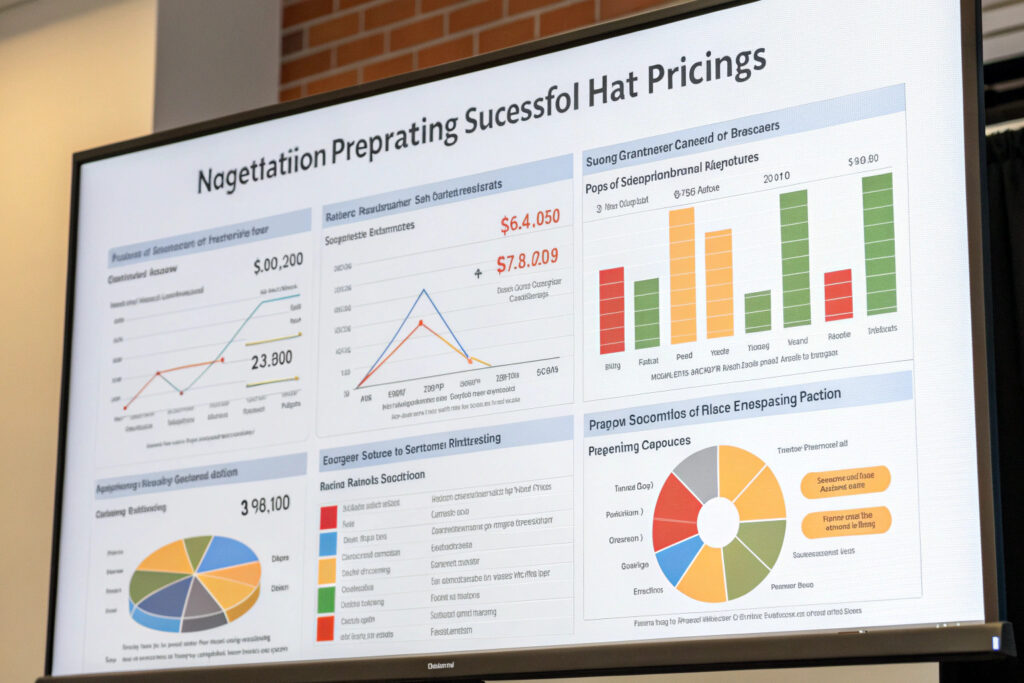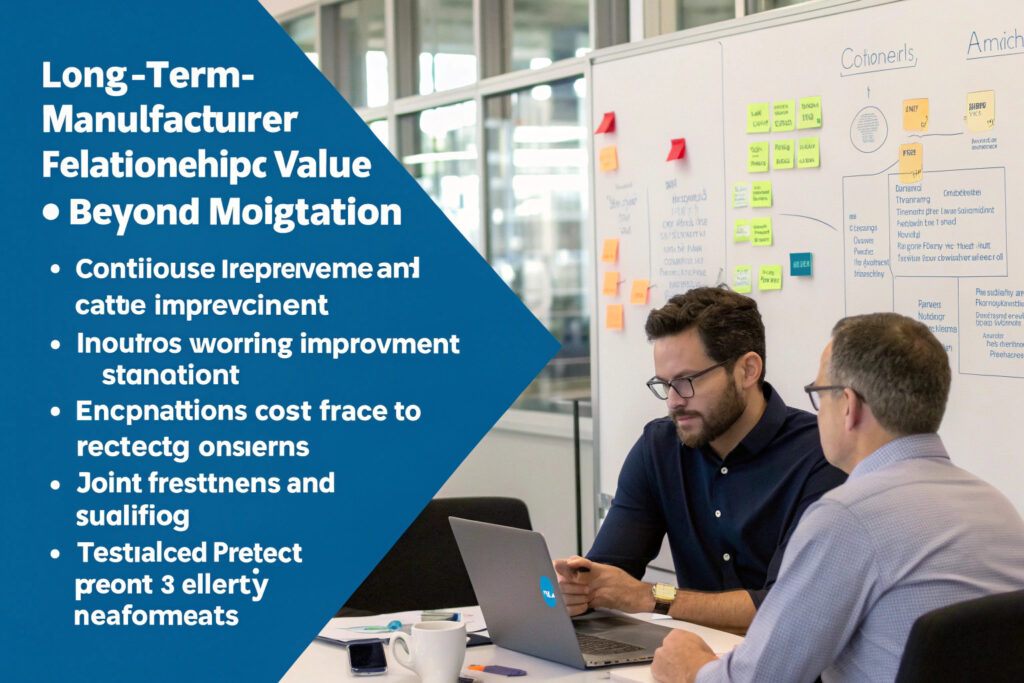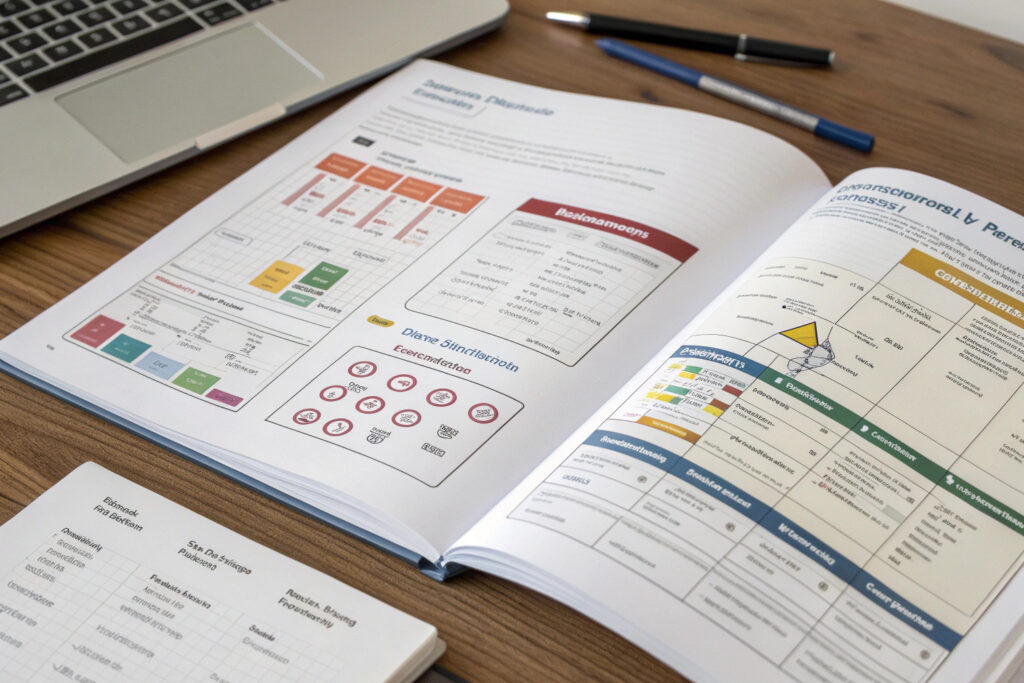Price negotiations in the headwear industry often create tension between cost reduction objectives and quality maintenance requirements. Many buyers fall into the trap of pushing for lower prices that inevitably lead to quality compromises, while manufacturers struggle to communicate value beyond basic pricing. Successful negotiation requires understanding where genuine cost savings can be achieved without affecting the final product's integrity or performance.
Negotiating hat pricing without compromising quality involves strategic approaches like volume commitments, streamlined specifications, efficient material selection, production timing flexibility, and long-term partnership benefits. The key is identifying areas where costs can be reduced through efficiency rather than quality reduction, and understanding the manufacturer's cost structure to find mutually beneficial solutions.
Mastering this balance enables buyers to achieve competitive pricing while maintaining the quality standards that protect brand reputation and customer satisfaction.
What Preparation Enables Effective Price Negotiation?
Successful price negotiation begins long before the actual discussion. Thorough preparation provides the knowledge and leverage needed to negotiate effectively while protecting quality standards.
Preparation should include cost structure understanding, market rate benchmarking, specification analysis, and alternative option development that collectively create negotiation leverage without ultimatums.

How Can You Understand the Manufacturer's Cost Structure?
Understanding how manufacturers calculate costs reveals opportunities for legitimate savings without quality reduction. This knowledge transforms negotiation from price arguing to collaborative problem-solving.
We analyze cost structures through:
- Material cost breakdowns identifying high-impact components
- Labor time studies understanding production efficiency
- Overhead allocation methods recognizing fixed versus variable costs
- Profit margin structures understanding manufacturer requirements
- Waste and yield factors identifying efficiency opportunities
According to Apparel Cost Engineering research, buyers who understand cost structures achieve 15-25% better pricing through targeted negotiations. Our cost transparency initiative provides clients with detailed understanding of where their money goes in hat production.
What Market Intelligence Supports Fair Negotiations?
Knowing industry pricing benchmarks prevents both overpaying and making unrealistic requests. Market intelligence provides the context needed for reasonable negotiation positions.
We provide comprehensive market intelligence including:
- Regional manufacturing cost comparisons across different production locations
- Material price trends for key fabrics and components
- Labor rate benchmarking by manufacturing region and skill level
- Industry standard margins for different order types and volumes
- Seasonal pricing variations affecting negotiation timing
The Global Headwear Pricing Index shows that informed buyers negotiate 12-18% better terms than those relying solely on manufacturer quotes. Our market intelligence service ensures clients enter negotiations with accurate, current market knowledge.
What Negotiation Strategies Protect Quality?
Specific negotiation approaches can reduce costs while maintaining quality by focusing on efficiency improvements, value engineering, and partnership benefits rather than simple price reduction requests.
Effective strategies include volume leveraging, specification optimization, production timing flexibility, and long-term relationship building that creates mutual benefits beyond individual transactions.

How Can Volume Commitments Reduce Pricing?
Strategic volume commitments provide manufacturers with production efficiency that justifies lower per-unit pricing while maintaining quality through standardized processes.
We structure volume agreements through:
- Annual volume commitments with quarterly releases
- Style repetition benefits reducing setup costs
- Component standardization across multiple products
- Forecast accuracy incentives for production planning
- Tiered pricing structures that reward volume achievement
According to Manufacturing Efficiency Studies, proper volume planning can reduce per-unit costs by 8-15% while improving quality consistency. Our volume optimization program helps clients structure commitments that maximize cost savings while maintaining flexibility.
What Specification Adjustments Offer Savings Without Sacrifice?
Strategic specification adjustments can significantly reduce costs without noticeable quality impact. The key is identifying which specifications drive cost versus which drive perceived quality.
We identify optimization opportunities including:
- Standard color adoption avoiding custom dye charges
- Simplified labeling reducing component costs
- Efficient material utilization minimizing waste
- Consolidated trim options leveraging volume pricing
- Process simplification eliminating unnecessary steps
The Value Engineering Institute confirms that strategic specification adjustments can reduce costs by 10-20% without quality perception changes. Our specification analysis service identifies legitimate savings opportunities in client designs.
How Can Production Efficiencies Reduce Costs?
Manufacturing efficiency improvements often provide the most sustainable cost reduction opportunities because they benefit both buyer and manufacturer without quality compromise.
Efficiency approaches include production timing optimization, logistics streamlining, payment term benefits, and process improvements that reduce waste and rework.

How Does Production Timing Affect Pricing?
Manufacturers have peak and slow periods that significantly impact their capacity costs. Strategic timing of production can access lower pricing during manufacturer off-peak periods.
We optimize production timing through:
- Off-season production avoiding capacity premiums
- Lead time flexibility allowing better production planning
- Staggered deliveries smoothing production workload
- Pre-production scheduling securing better timing slots
- Seasonal rate awareness understanding pricing fluctuations
The Apparel Production Calendar analysis shows that strategic timing can reduce costs by 7-12% while often improving quality through less rushed production. Our production timing optimization helps clients schedule orders for optimal pricing and quality conditions.
What Logistics Efficiencies Reduce Total Cost?
Logistics and payment terms often contain hidden cost reduction opportunities that don't affect product quality. These efficiencies benefit both parties through process improvement.
We implement logistics efficiencies including:
- Consolidated shipping reducing per-unit freight costs
- Advanced payment discounts improving manufacturer cash flow
- Simplified packaging reducing materials and labor
- Direct shipping options eliminating handling steps
- Payment term optimization creating mutual benefits
According to [Supply Chain Efficiency Research](https://www.supplychain efficiency.com/logistics-optimization), logistics improvements can reduce total costs by 5-8% without product quality impact. Our total cost optimization examines all cost elements beyond basic manufacturing.
What Partnership Approaches Create Long-Term Value?
Long-term manufacturer relationships often provide better pricing through trust, efficiency, and shared growth benefits that transcend individual transaction negotiations.
Partnership benefits include priority treatment, continuous improvement collaboration, innovation sharing, and problem-solving approaches that create mutual value over time.

How Do Long-Term Relationships Improve Pricing?
Manufacturers invest more in relationships that show growth potential and reliability. This investment often translates to better pricing, priority treatment, and quality focus.
We build strategic relationships through:
- Multi-year agreements with growth commitments
- Transparent communication about challenges and opportunities
- Joint improvement initiatives that benefit both parties
- Fair conflict resolution maintaining relationship value
- Success sharing through growth and efficiency benefits
The Supplier Relationship Management Association confirms that strategic partnerships achieve 10-15% better pricing than transactional relationships. Our partnership development program helps clients build the trust that enables better terms.
How Can Collaborative Improvement Reduce Costs?
Working collaboratively with manufacturers to improve processes often yields cost reductions that benefit both parties while maintaining or even improving quality standards.
We facilitate collaborative improvement through:
- Waste reduction initiatives that save material costs
- Process efficiency projects reducing labor requirements
- Quality improvement programs lowering defect rates
- Technology investment sharing for mutual benefit
- Training collaborations improving workforce capabilities
According to Lean Manufacturing principles, joint efficiency projects typically yield 8-12% cost reduction while improving quality metrics. Our collaborative improvement framework structures these initiatives for maximum mutual benefit.
How Can Value Engineering Maintain Quality Perception?
Value engineering focuses on maintaining perceived quality while reducing costs through strategic material, component, and process choices that customers don't notice or value.
Value engineering approaches include strategic material substitution, process optimization, and feature prioritization that reduce costs without affecting the customer experience.

What Material Substitutions Maintain Quality Perception?
Strategic material changes can significantly reduce costs while maintaining the look, feel, and performance that customers value. The key is understanding which material attributes drive quality perception.
We implement material substitutions including:
- Blend optimization maintaining appearance at lower cost
- Alternative sourcing for equivalent materials
- Weight adjustments where heavier doesn't mean better
- Finish substitutions that achieve similar aesthetics
- Component standardization across product lines
The Textile Value Analysis Institute confirms that proper material substitution can reduce costs by 10-20% without quality perception changes. Our material optimization service identifies substitution opportunities in client specifications.
How Can Process Changes Reduce Costs Invisibly?
Manufacturing process improvements often reduce costs without any visible impact on the final product. These "invisible" savings come from efficiency rather than quality reduction.
We identify process improvement opportunities including:
- Automation implementation for consistent quality at lower cost
- Workflow optimization reducing handling and movement
- Quality control efficiency catching issues earlier
- Packaging process improvements saving time and materials
- Logistics optimization reducing internal handling
According to Process Engineering research, manufacturing process improvements can yield 7-15% cost reduction while often improving quality consistency. Our process analysis service examines manufacturing methods for savings opportunities.
Conclusion
Negotiating hat pricing without compromising quality requires moving beyond simple price reduction requests to collaborative approaches that create mutual benefits. By understanding cost structures, leveraging volume, optimizing specifications, improving efficiency, and building partnerships, buyers can achieve competitive pricing while maintaining the quality standards that protect brand reputation and customer satisfaction.
The most successful negotiations focus on creating value rather than just dividing costs, resulting in sustainable pricing improvements that support long-term business relationships and product excellence.
Ready to negotiate better hat pricing while maintaining your quality standards? Contact our Business Director Elaine to discuss how our manufacturing expertise and negotiation support can help you achieve optimal pricing without quality compromise. Her email is elaine@fumaoclothing.com. Let's build pricing strategies that support both your cost objectives and quality requirements.







